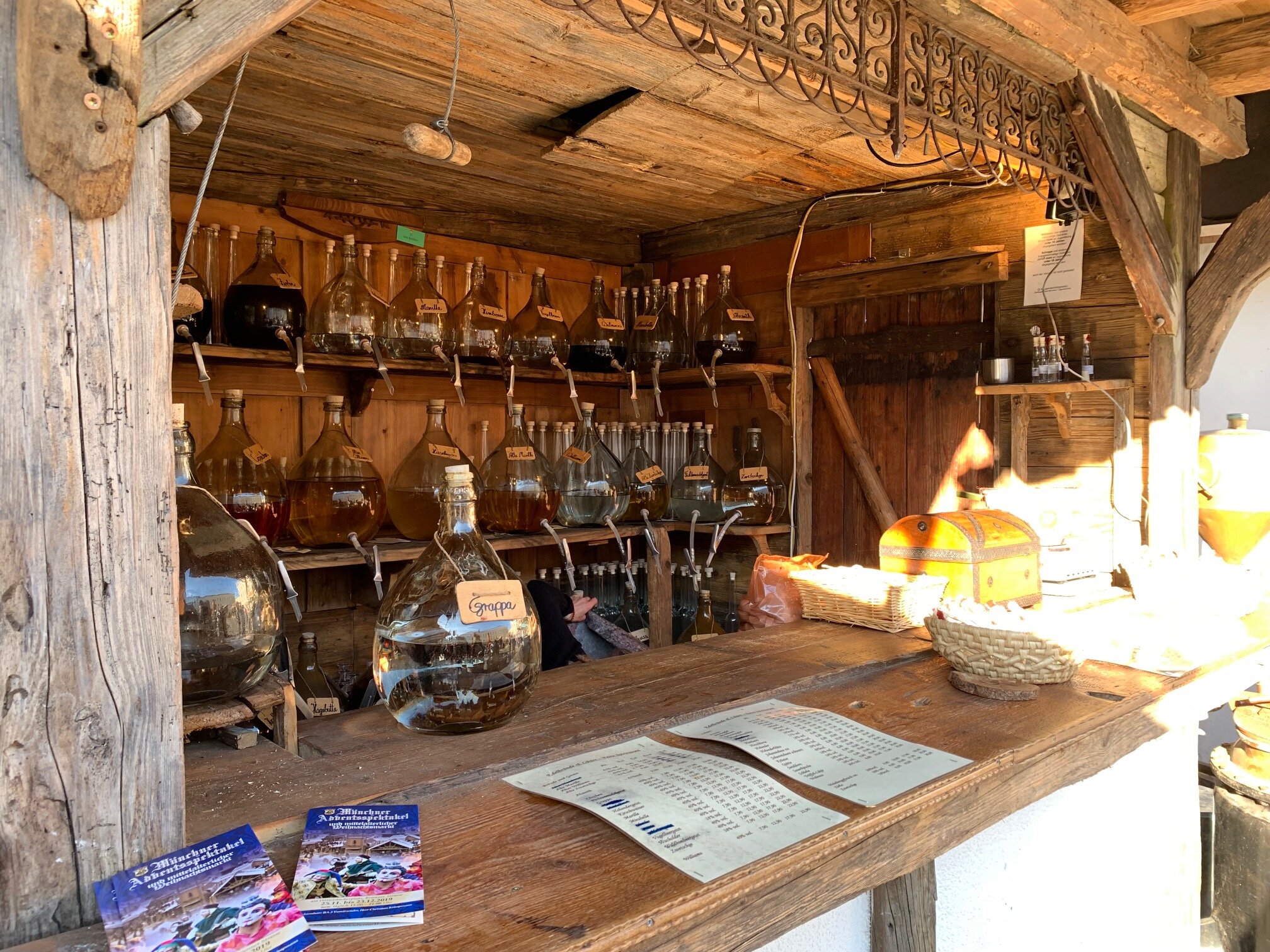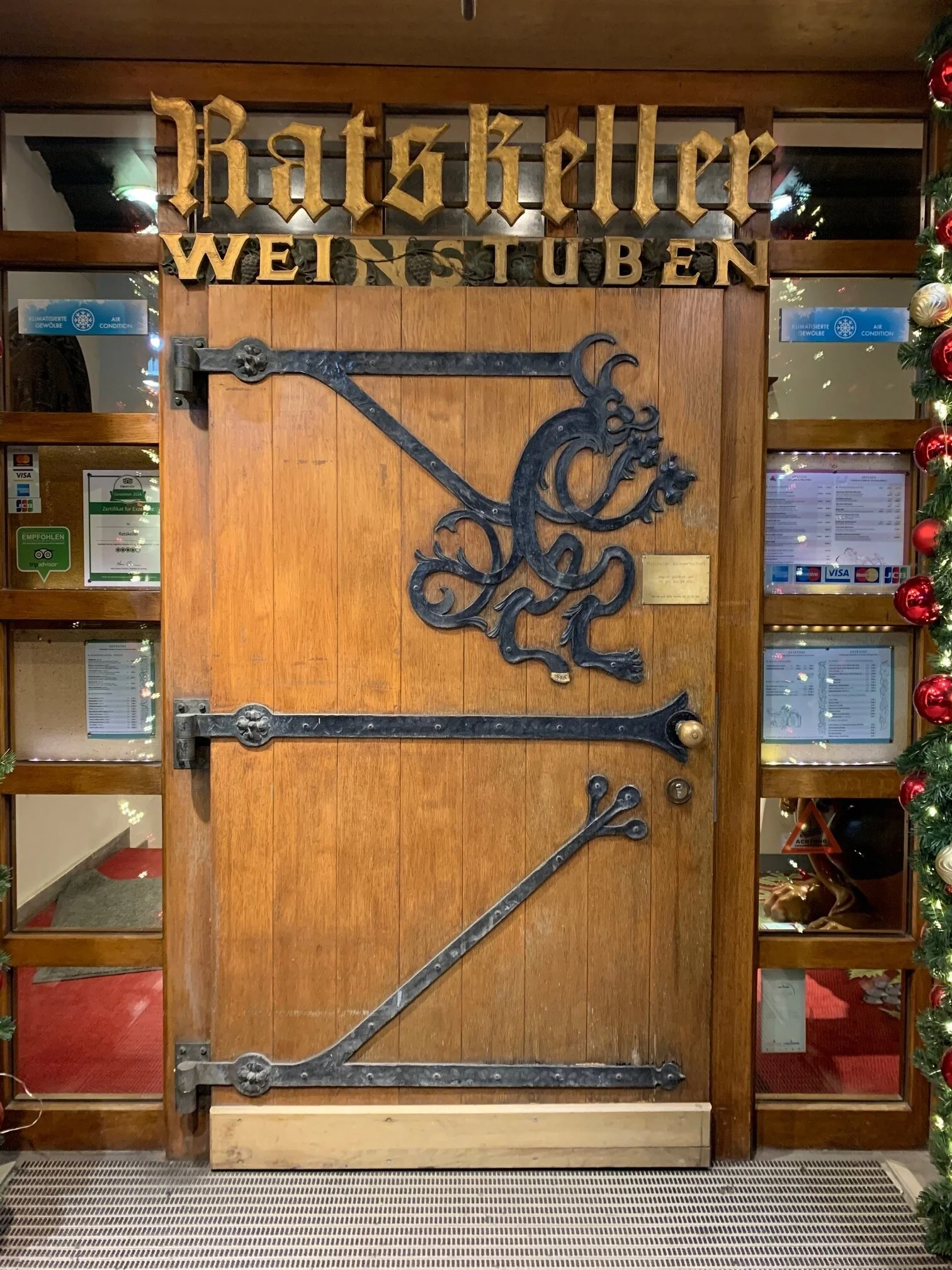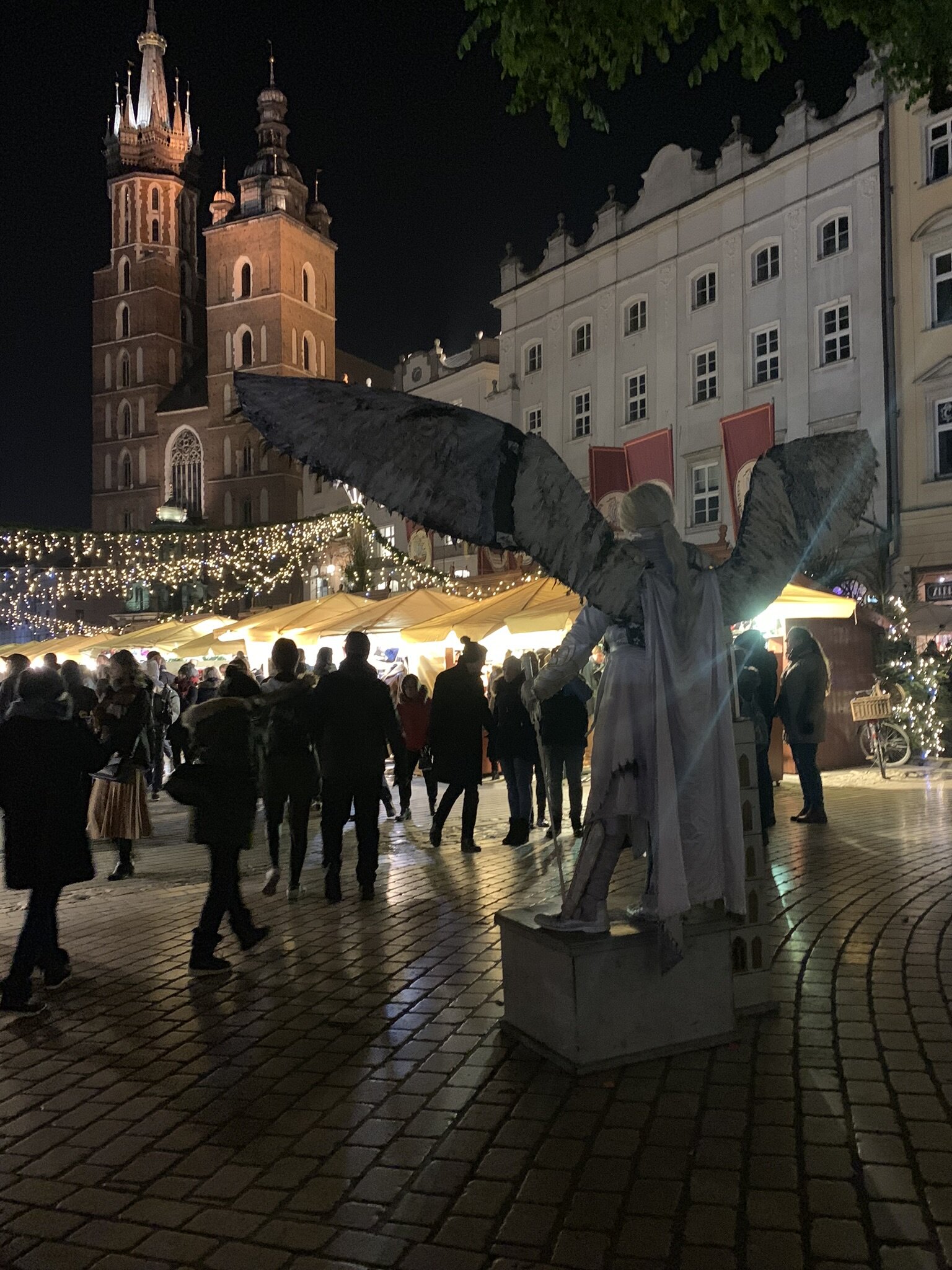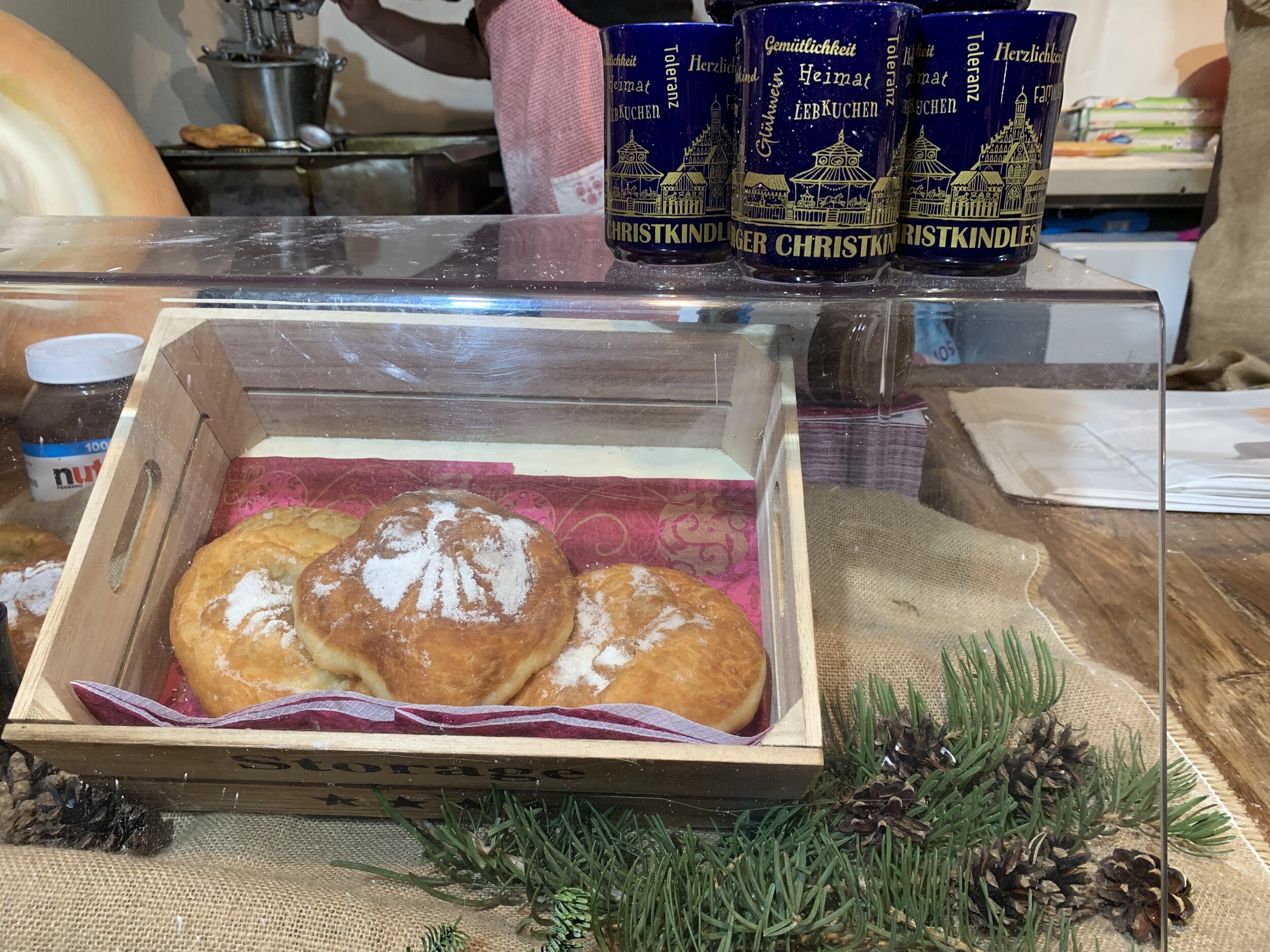Tradition and Holiday Markets:
What We Imagine Christmas To Be
‘Tis the Season we call Christmas--though the traditions we cherish and celebrate are much older than living memory, and evolved from many names. Twinkling lights are hung like humble stars to brighten the lengthening stretches of nighttime. The world grows colder, and nature falls into deep slumber. We turn inward, inside the comfort of our homes and into the company of one another. It is a time for giving, for gratitude, and for gathering, rooted in the need for survival through the darkest season of the year. Winter tales and campfire stories thrive, stirring the imagination and awakening our sense of wonder in the warm embrace of a firelit hearth.
There is an inherent magic to this spectacular time of year. Elves appear, reindeer fly, and angelic beings whisper in the night. Trees grace our homes with bountiful light and color. Just beyond the peripheral of our senses, mischievous spirits threaten severe consequences to the naughtiest among us. We decorate, bake, create, give, sing, dance, and engage with one another in a state that suspends us from the routine cycle of daily life. We are elevated by the belief in all possibilities, and engage in rituals that connect us to the infinite. Through story, song, and celebration, we seek the depth of the Christmas mystery--to touch the ancient essence of traditions sacred to our hearts, that illuminated our childhoods with wonder and the promise that magic was tangibly real.
Exploring the Christmas Markets of Europe has become a beloved tradition that connects The Grumpy Gnome and I to the heart of this remarkable season. This cherished tradition has guided us to fantastical places that embody what we imagine Christmas to be.
A little history…
The tradition of Winter Markets stretches back to the late middle ages, with origins spanning across the former Holy Roman Empire. The earliest known winter market began in Vienna, in 1296. This first “Dezembermarkt” was established when Emperor Albrecht I gave Viennese shopkeepers a couple of days in the early wintertime to set up their wares, and offer people an opportunity to stock up on supplies for the cold months ahead. Soon after, winter markets began to open across Europe. Many of the markets began by selling meat, and soon evolved to include everyday goods. Local families eventually joined in, setting up stalls to sell handmade crafts and treats including baskets, wood carvings, toys, roasted chestnuts, and gingerbread.
Gradually, winter markets became known as Christmas Markets. These festive open-air gatherings blended with Christian tradition, connecting to church congregations in the 16th century. Martin Luther is largely responsible for this correlation between Christmas Markets and church attendance, as he suggested that the birth of Christ was a more optimal gift-giving day than other religious holidays named for various Saints. Many of the earliest known Christmas Markets originated in Germany, including Munich in 1310, Frankfurt in 1393, and Dresden’s Strietzelmarkt in 1434.
The town of Bautzen held the first recorded “Christkindlmarkt” in Germany, 1384. “Weihnachtsmarkt'' translates directly to “Christmas market,” while “Christkindlmarkt” indicates the presence of and traditions surrounding the Christ Child. The Christ Child or “Christkind” embodies the spirit of giving, bringing tangible gifts to children and the essence of holiday magic. This luminous being is sometimes represented by a young girl in white and gold robes with angel wings, particularly in Austria.
These winter ‘Christmas’ markets have thrived across the centuries, igniting a touch of light and warmth in the coldest, darkest season.
Christmas Markets open at the beginning of Advent, which typically starts in late November and runs until Christmas Eve. These vivacious outdoor festivities are charming, bustling, exciting gatherings that warm the open winter air. In the brightly lit stalls of the Christmas Markets, you will find a host of traditional food, beverages, crafts, gifts, and hand-made goods unique to each region. Some of the most common items we found during our travels were variations of hand-crafted ornaments, wooden toys, and small Christmas decorations.
Traditional foods are plentiful, and vary by region. These include Zwetschgenmannle (small figures made from decorated dried plums); Nussknacker (carved wooden nutcrackers); Gebrannte Mandeln (candied, toasted almonds); knodels; streusel; fire-roasted chestnuts; Christollen (fruit bread); and grilled bratwurst, typically served with a hearty slice of Brot (bread). Warm beverages are a staple of Christmas markets, and not to be missed! Traditional drinks include apfelwein (hot cider); eierpunsch (egg-based liquor); and my favorite, Gluhwein (hot mulled wine). Most of the markets we visited had ceramic holiday mugs that required a deposit. After paying the 2 to 3 Euro deposit on the mug, you could use it for every drink purchased in the market thereafter. At the end of your stay, there was the option to return the mug and receive the deposit back, or keep it. This is an effective way to reduce the waste of disposable cups, and adds a fun element to experiencing the charm and character of each market. The Grumpy Gnome and I have a small collection of our favorite mugs from different cities!
There is a schedule of live events that run across most Christmas markets, which offer a fantastic opportunity to engage with the local community and often include singing and dancing. Musicians of all kinds take to the streets, busking and playing vibrant music that livens the atmosphere. St. Nikolaus Day and the Krampuslauf are iconic, exciting traditions of the season, across southern Germany and Austria. Some of the larger markets have other outdoor activities, including ice skating and horse-drawn carriage rides.
Best ways to experience a Christmas Market?
Make an effort to see the market at night, at least once---and stay late. The markets transform into beautiful twinkling wonderlands after dark, and the experience is well worth braving the cold. We were able to meet many of the locals in the later hours of the day once their work shifts and daily tasks had ended, to enjoy a warm drink and lively conversation. Large tour groups bus in and out during the day, which changes the experience.
If you do not speak the local language, please don’t travel with the expectation that everyone will be able to speak English--many people can, especially in the large cities. But, in the smaller more traditional communities, they may not. I do not speak another language, but have found that making the effort and treating their culture with due respect and appreciation goes a long way. Menus at the markets will often have English translations, particularly in larger cities--but not always. Remember that Christmas Markets are havens of tradition. Embrace the discomfort of being in a new environment, and the art of gesturing. Enjoy the moment. You really can’t go wrong, it’s all good!
Bring cash when visiting the markets, as cards may not be accepted. Particularly in more remote locations. Most places in the major cities can accept cards, but it has always benefitted us to have cash on hand just in case.
Highlights of our travels to Christmas Markets:




























































































Article and Travel Photography by Jessie Howe.
Copyright 2020 © The Adventures of Jessie & The Grumpy Gnome, All Rights Reserved.
